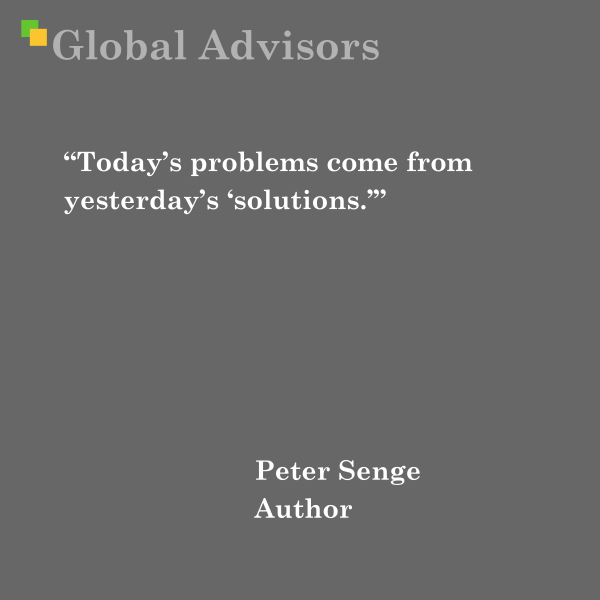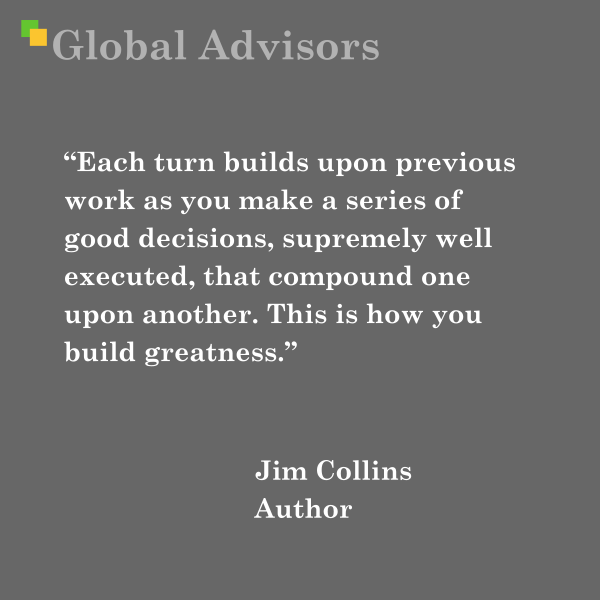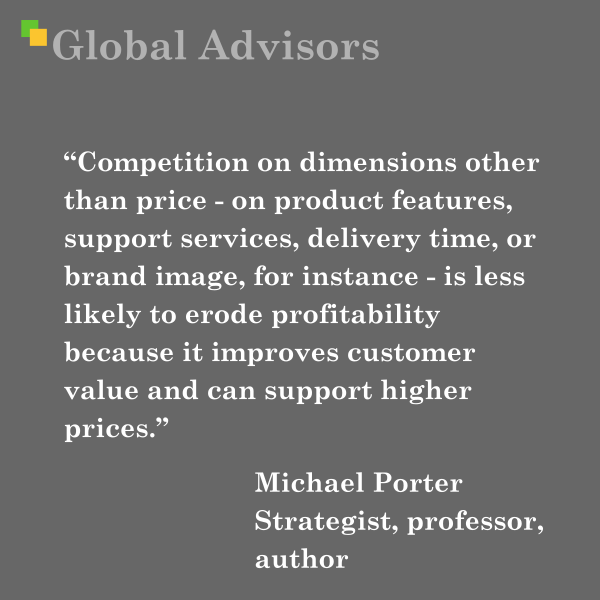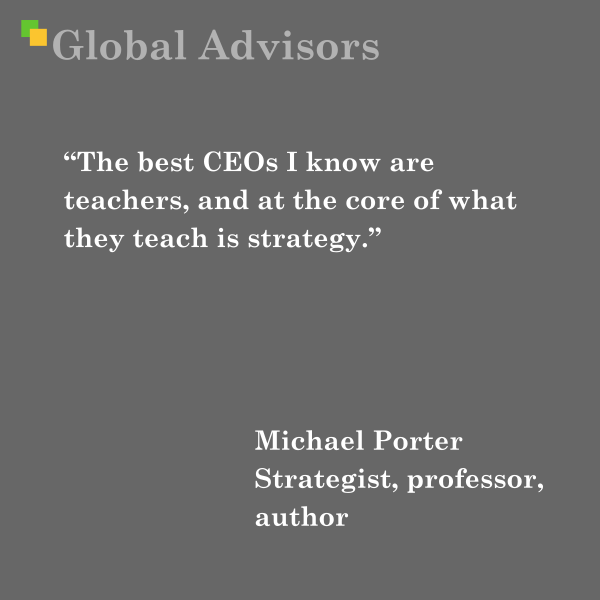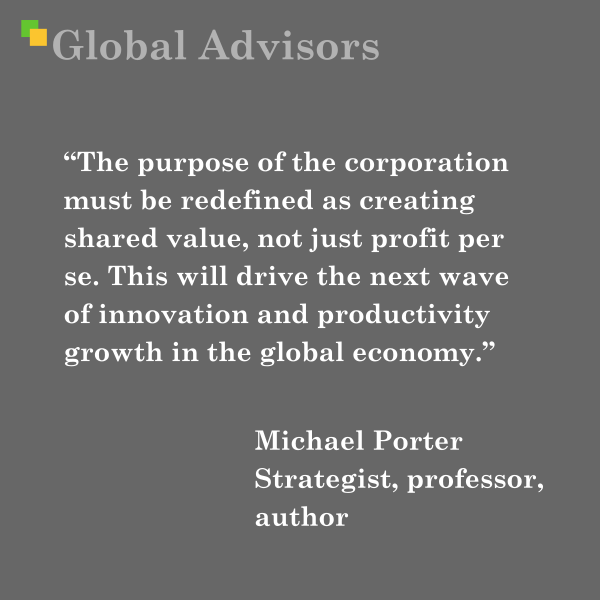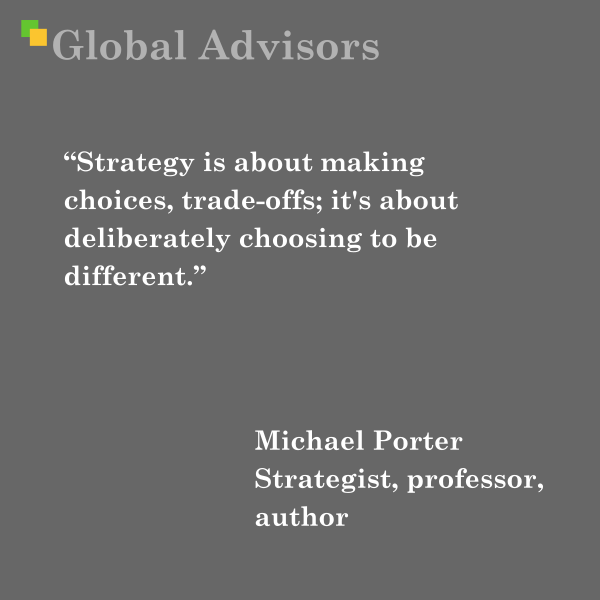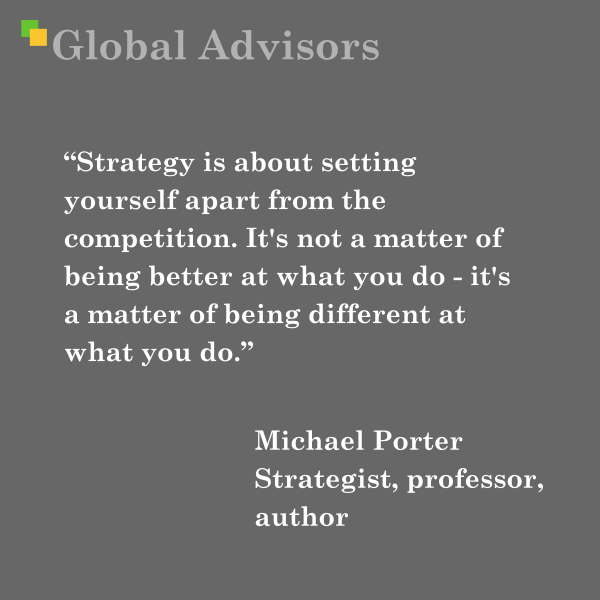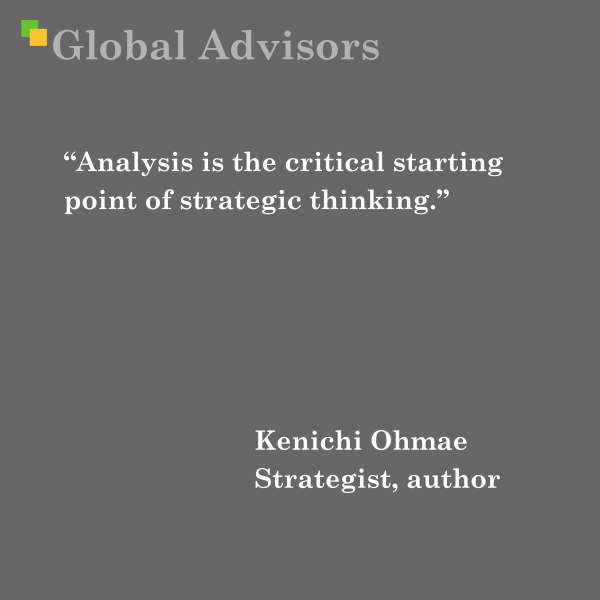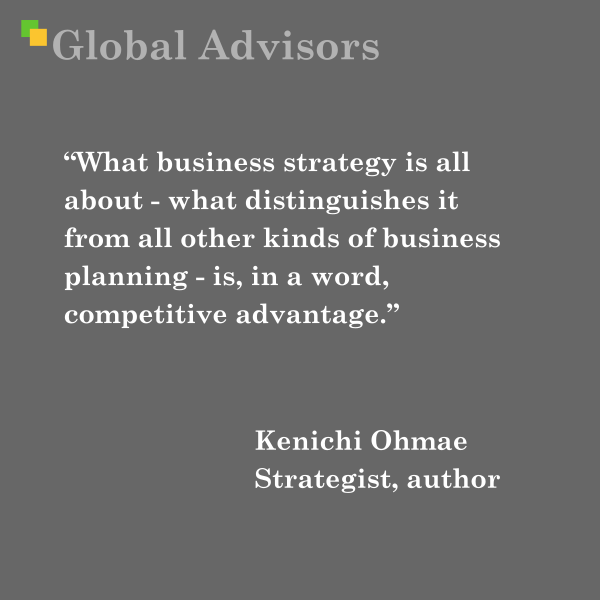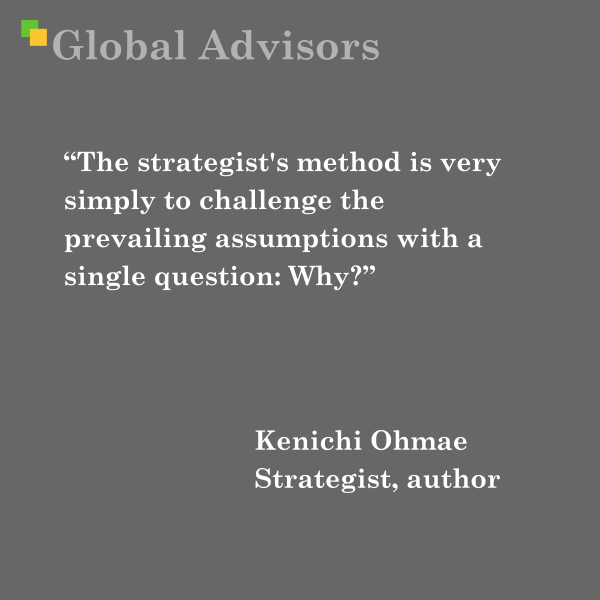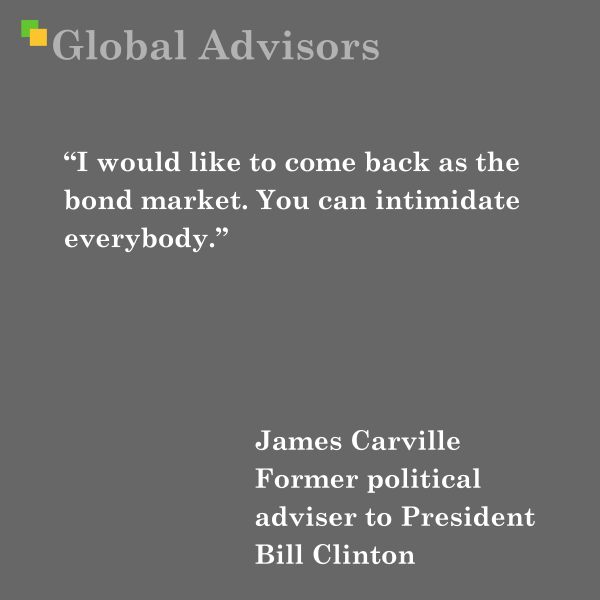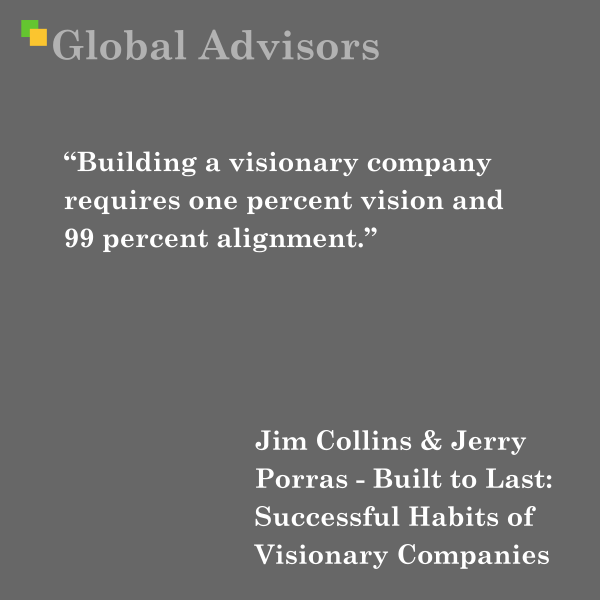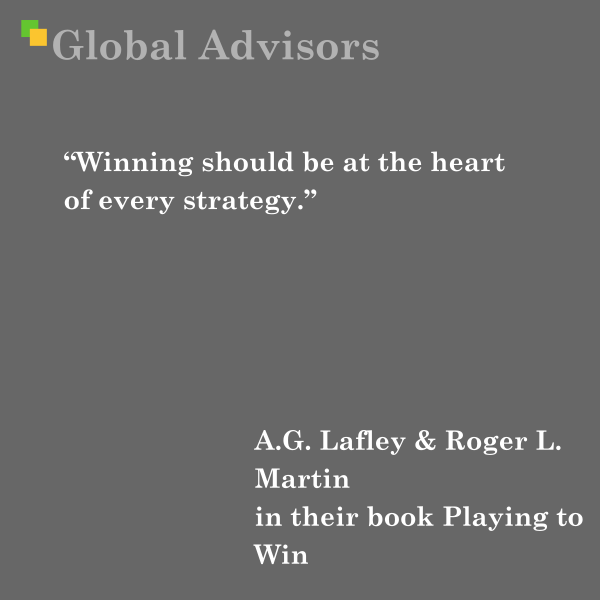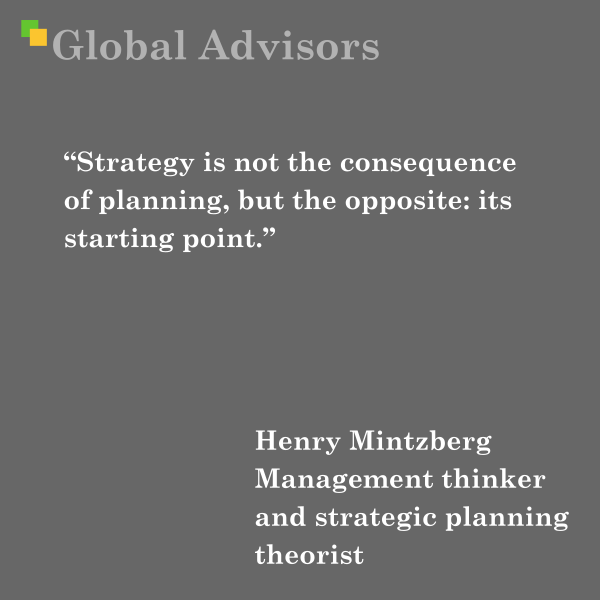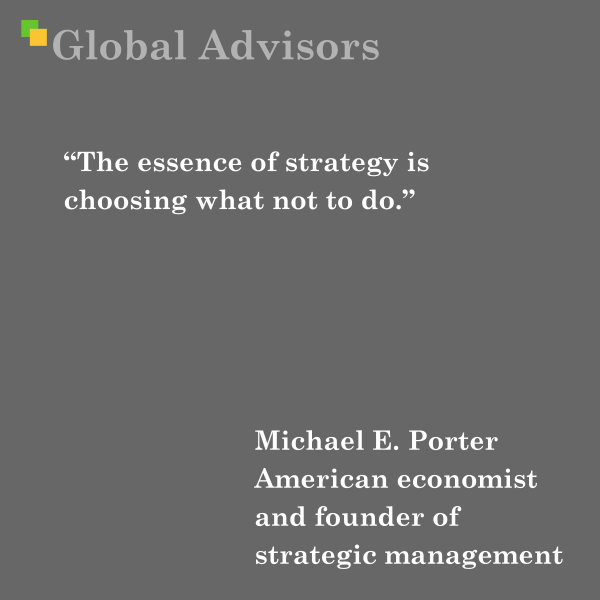“Today’s problems come from yesterday’s ‘solutions.’” – Peter Senge – The Fifth Discipline: The Art and Practice of The Learning Organization
Senge’s law encapsulates a key insight from systems thinking: the unintended consequences of solutions, especially those that address only symptoms rather than root causes, can generate even greater problems over time.
Senge illustrates this principle with vivid examples and analogies. For instance, he recounts the story of a canoer trapped in a swirling backwash at the foot of a dam: the canoer’s instinctive but misguided efforts to fight the current only make matters worse. The only path to safety is a counterintuitive one—diving down, rather than struggling at the surface. This metaphor captures how intuitive, short-term problem-solving often intensifies the underlying, systemic issues.
The broader point Senge makes is that organizations (and people) often rely on quick fixes—what he calls “symptomatic solutions”—that deliver temporary relief but fail to address the deeper forces shaping outcomes. For example, a business struggling with declining sales might launch aggressive discounting or cut costs. While these measures may provide a short-term boost, they can erode brand value or employee morale, creating new problems down the line. Over time, organizations find themselves trapped in cycles where yesterday’s fixes become the root of today’s difficulties.
Senge’s insight is that “structures of which we are unaware hold us prisoner.” Without a systems perspective, leaders and teams repeatedly apply solutions that only reinforce problematic patterns, trapping organizations in cycles of recurring crises. Only by looking for underlying structures—feedback loops, delayed effects, and hidden interconnections—can organizations find lasting, transformative solutions.
Backstory on Peter Senge
Peter Senge is an American systems scientist, organizational theorist, and Senior Lecturer at MIT Sloan School of Management. He is internationally recognized for his pioneering work in organizational learning and systems thinking.
Senge’s reputation is founded on his landmark book, The Fifth Discipline (1990), where he introduced the concept of the “learning organization”—an entity capable not only of adapting to change but of continually transforming itself by learning at every level. He identifies five “disciplines” necessary for creating such organizations:
- Personal Mastery: Commitment to individual learning and self-development.
- Mental Models: Surfacing and challenging ingrained assumptions and beliefs.
- Building Shared Vision: Creating collective commitment to a desired future.
- Team Learning: Developing group capabilities for dialogue and collaborative problem-solving.
- Systems Thinking: Understanding patterns, feedback loops, and the interconnectedness of organizational life.
Senge’s work synthesized insights from cybernetics, organizational development, and psychological research into a coherent framework for navigating complexity and change. His influence extends globally, shaping how leaders, organizations, and even educational institutions approach learning, adaptation, and long-term change.
Through his writing, teaching, and consulting, Senge has helped countless organizations recognize the pitfalls of linear thinking and reactive solutions, and guided them toward more holistic, systemic approaches to problem-solving and innovation.
